

Max Davies
2026 Toyota HiAce review
32 Minutes Ago
91, 95, 98 and E10. We’re all familiar with these numbers when filling up our car at the local servo. But what about E85 fuel?

Contributor
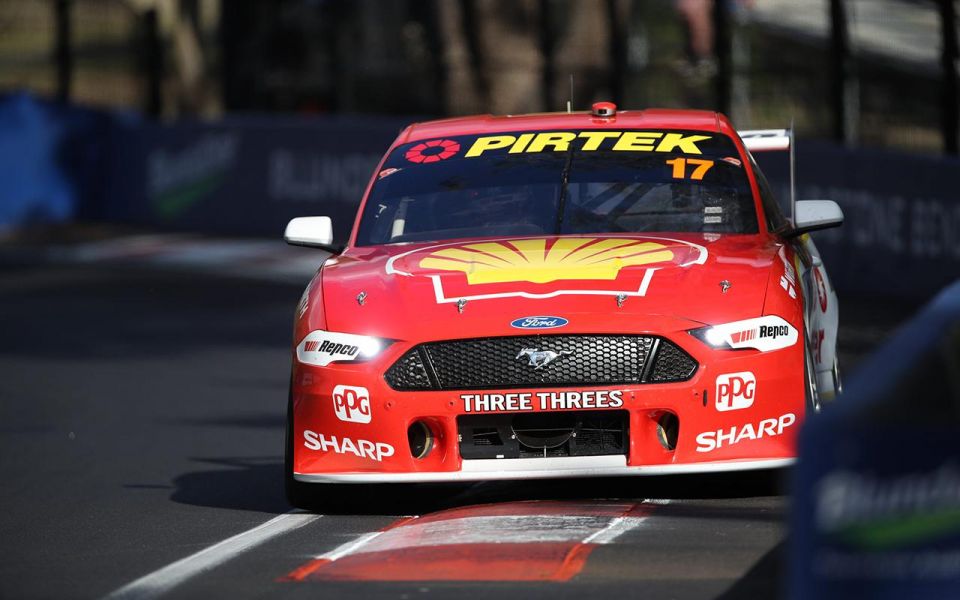

Contributor
Some of the types of petrol that we come across when refuelling our vehicles include standard 91, and premium 95 and 98, as well as the increasingly popular E10, which is usually the cheapest of the four.
In the case of 91, 95 and 98, these all refer to the octane rating of the fuel. In the simplest terms, this is a measure of the petrol’s resistance to burning.
High-performance engines generally make use of higher compression ratios, and therefore require fuel with an increased burn resistance. Putting 91 or 95 fuel in a car designed for 98 petrol can lead to engine knock, whereby the petrol burns too early and may damage the engine, or lead to greater wear and tear over the long term.
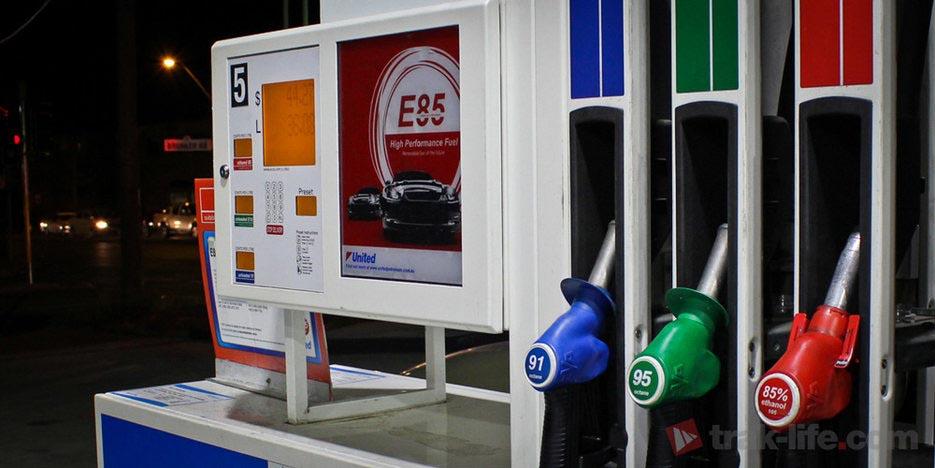
E10 and E85 also have octane ratings, with E10 usually having a rating of 94 whilst E85 will exceed a rating of 100.
Rather than the octane rating, however, these fuels are named after the proportion of ethanol (also known as ethyl alcohol) contained within. This is the same type of alcohol found in the typical schooner of VB or glass of sauvignon blanc. E10 has a ratio of 10 per cent alcohol to 90 per cent petrol, whilst E85 has a ratio of 85 per cent alcohol to 15 per cent petrol.
The presence of alcohol in wine is due to the fermentation of grapes, and the alcohol in E85 fuel is likewise sourced from biomass (organic matter). Unlike wine, this ethanol is from high-starch crops such as corn or sugarcane.
After the corn or sugarcane has been milled, various enzymes are added alongside water to liquefy the grain and convert any starches present into sugars. Yeast is subsequently used to ferment the mixture into what is effectively beer, before the solution is distilled, filtered and dried to extract the ethanol and remove excess water.
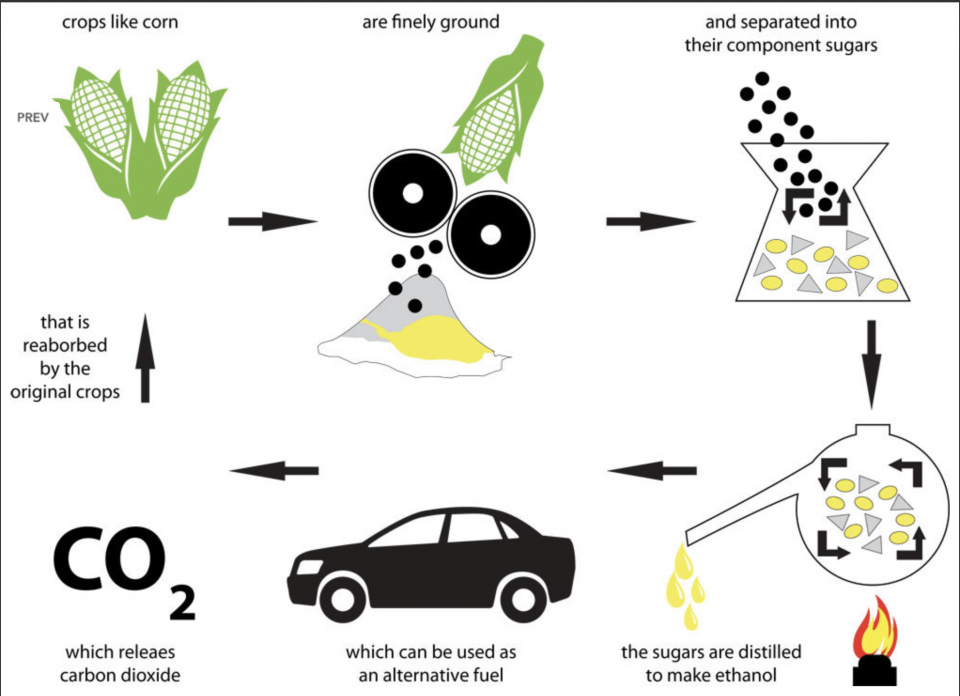
In the case of E85 fuel, 15 per cent petrol is then added to the ethanol to create E85 fuel. A small amount of denaturant is also added to prevent the fuel from being drunk.
E85 fuel is generally priced at around 20c/L lower than regular 91 unleaded, however, petrol prices can vary widely based on location, and at the time of writing, E85 was priced at around 160c/L, almost 30c more than premium 98 fuel from the same service station!
E85 does offer certain environmental benefits over pure petrol. Most importantly, the ethanol component has lower net CO2 emissions, as the CO2 emitted when it is burnt is largely offset by the CO2 absorbed during the growth of crops from which it is produced.
Additionally, vehicles using E85 emit lower levels of carbon monoxide and nitrogen oxide, while the fact that ethanol can be produced from crops also alleviates the need to degrade the surrounding environment by drilling, as is the case with other fossil fuels.
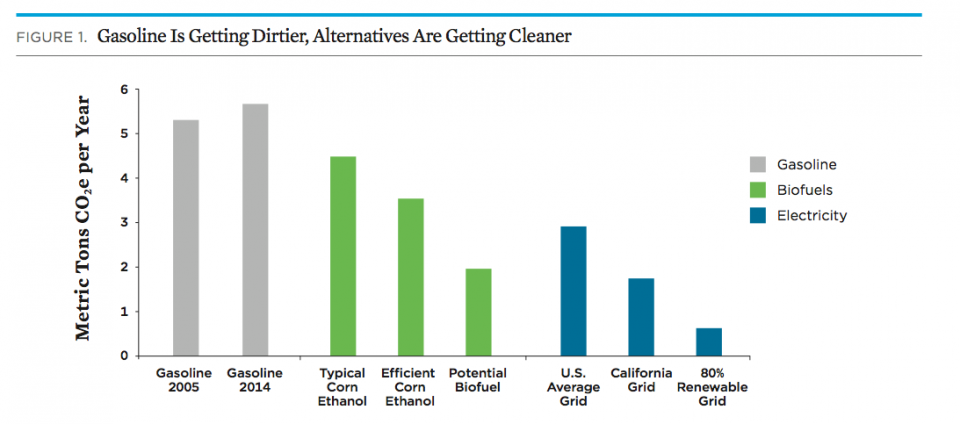
However, as E85 fuel has a lower energy content than the equivalent volume of pure petrol, some of the benefits outlined above are negated slightly by the higher fuel consumption of E85 powered vehicles.
Alcohol is widely known to degrade rubber and plastic components, and filling older vehicles with E85 or those not designed for it may impact the longevity of components such as fuel hoses.
Brazil is the world’s second-largest producer of ethanol fuel, and E85 vehicles are especially popular there and in the wider Latin American region. The Fiat 147 pictured below was sold in Brazil from 1976, and was the first mass-produced car that could run entirely on ethanol.
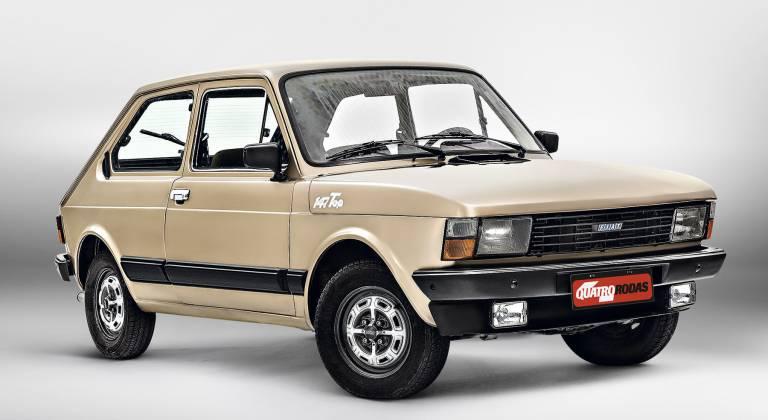
In Australia, E85 is uncommon compared to unleaded and premium unleaded alternatives, but can most easily be found at certain United Petroleum service stations nationwide.
One of the reasons for the limited popularity of E85 locally is the small number of vehicles available that can make use of it. According to the FCAI industry body, the most recent vehicles sold in Australia that can run on E85 include Holden’s flex-fuel VE Series II Commodore, Saab 9-3 and 9-5 Biopower models, Chrysler’s Sebring sedan and certain models from Dodge.
These models have all been phased out, with Saab now defunct as a brand and Dodge also no longer being sold here.
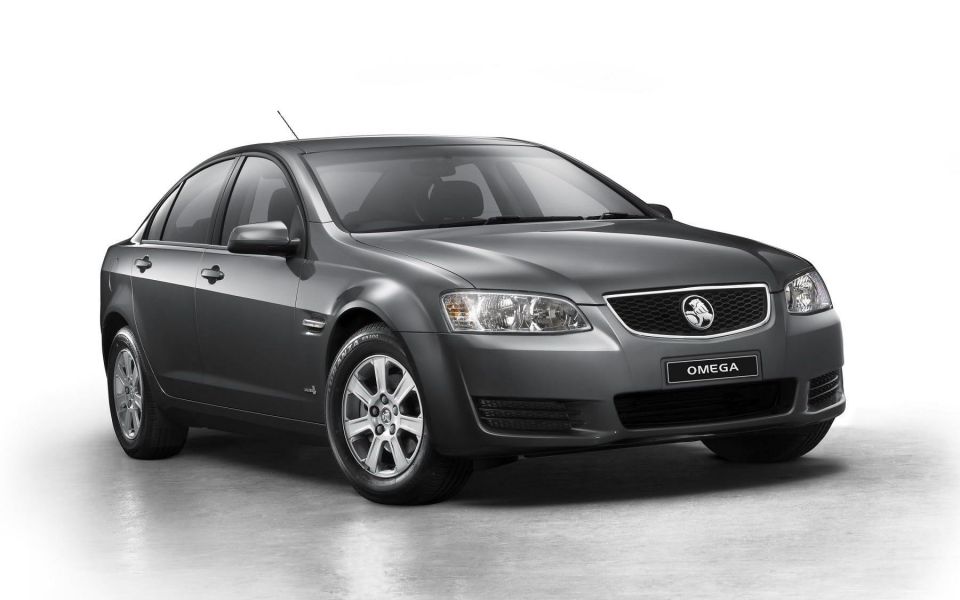
It is possible for a car to have an aftermarket conversion to E85, however in most cases the cost of the conversion, decreased fuel economy, limited availability of E85 and potential longer-term impacts on engine longevity likely outweigh any benefits of the conversion.
Nevertheless, the octane rating of E85 compares well even to premium 98 petrol, and this means that E85 has found its niche as a race fuel. Those iconic V8 supercars racing around Mt. Panorama in the Bathurst 1000? They all use E85 fuel to power their high compression engines. Other famous racing competitions making use of E85 include the IndyCar series in America.



Max Davies
32 Minutes Ago


William Stopford
17 Hours Ago


Ben Zachariah
18 Hours Ago


Derek Fung
18 Hours Ago


Matt Campbell
1 Day Ago


William Stopford
2 Days Ago